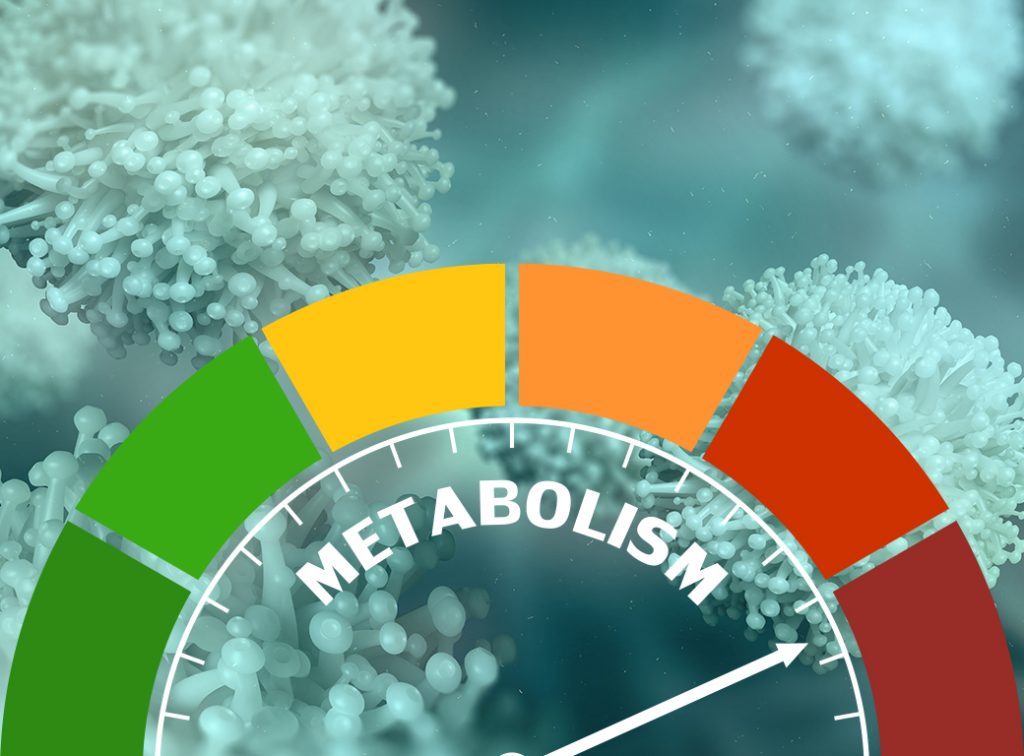Haste makes waste: Microbes lose efficiency as metabolic rates increase

Yurchanka Siarhei, GrAl / Shutterstock.com
Microbes become less efficient as their metabolic rates increase, a new publication by a Texas A&M AgriLife Research scientist and his team reveals.
Microorganisms’ ability to use energy efficiently in various environmental conditions has consequences for the global climate and carbon cycle, and for biotechnological applications that could address global warming.
“Energetic scaling in microbial growth,” published in Proceedings of the National Academy of Sciences, provides a new mathematical model for scientists to examine these metabolic processes in microorganisms.
Lead researcher Salvatore Calabrese, assistant professor in the Department of Biological and Agricultural Engineering in the College of Agriculture and Life Sciences, said the discovery is a fundamental step toward a deeper understanding of the energetic principles governing all living systems.
Relying on extensive laboratory data, Calabrese and colleagues from University of Stockholm, Sweden, and University of Waterloo, Canada, focused on bridging biochemistry and thermodynamics to calculate metabolic activity, such as the energy required for growth, and ultimately the thermodynamic efficiencies of microorganisms. Using statistical techniques, they found how energy efficiencies can be predicted from well-established microbial parameters commonly measured in the laboratory, such as the rate at which microbes grow.
“We knew we could look at microbes as tiny thermodynamic machines,” he said. “Through detailed analysis of their energetics, we found how their efficiency is predictable. And that predictability and this mathematical formulation will allow other scientists to understand how microbes respond to changing environmental conditions.”
The discovery, which unlocks our understanding of how these important organisms grow under changing environmental conditions, is central to predicting not only the impact of changes in climate and land use on soils and ecosystems, but also how soils, through carbon sequestration, may help mitigate global warming.

